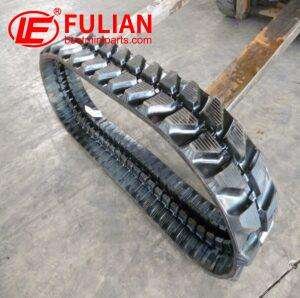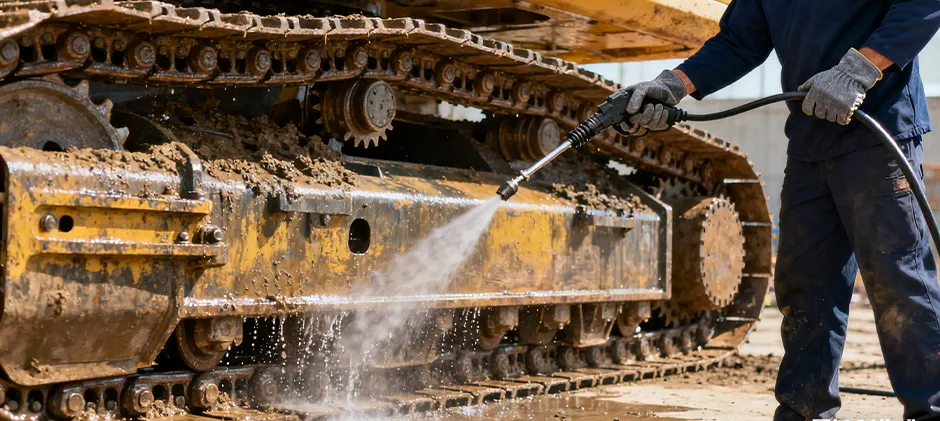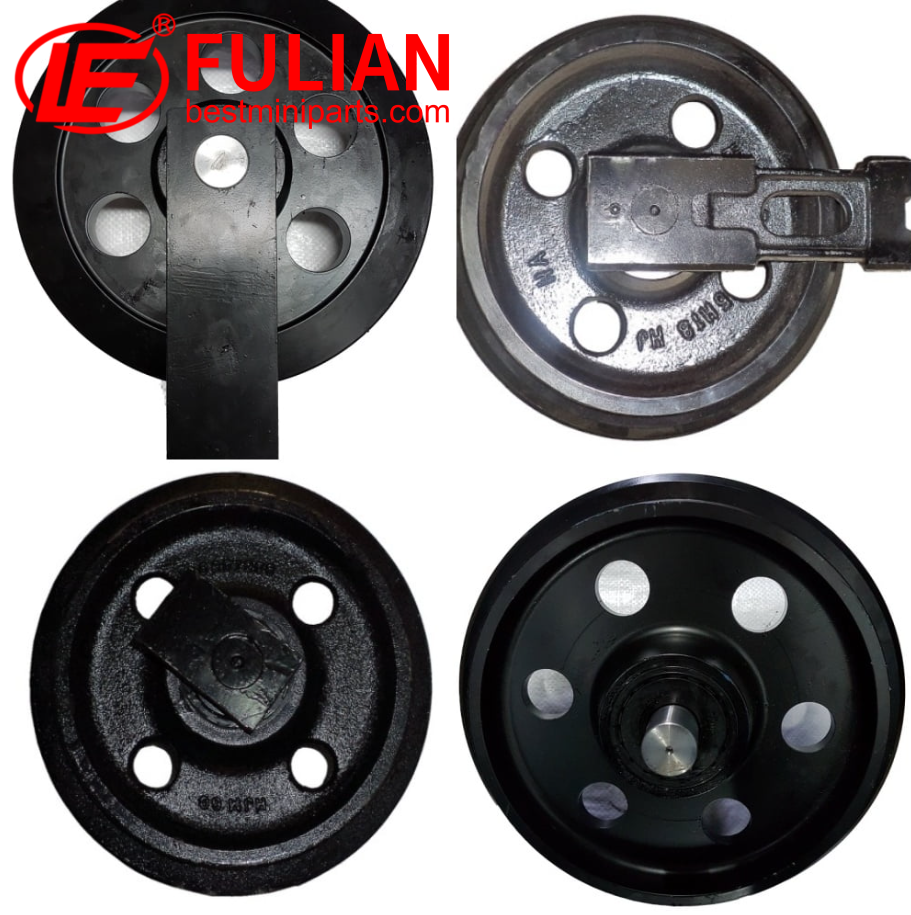When choosing the type of tracks for a mini excavator, steel and rubber tracks are two popular options. Both have their own advantages and considerations, making them suitable for different environments and requirements.
Steel Tracks:
-
Durability: Steel tracks are highly durable and provide excellent longevity. They are ideal for demanding conditions and rough terrains where there could be sharp or abrasive materials.
-
Strength: Steel tracks are stronger than rubber tracks. They can withstand heavy loads and high-stress applications making them suitable for tasks like demolition or handling heavy materials.
-
Maintenance: Steel tracks might require more maintenance in terms of lubrication. Moreover, steel tracks can cause track stretching which needs to be retightened periodically
Rubber Tracks:
-
Surface Protection: Rubber tracks are gentler on delicate surfaces like grass or concrete, preventing damage that could be caused by steel tracks.
-
Noise and Vibration: Rubber tracks produce less noise and vibration than steel tracks. They provide a smoother and quieter operation making them appropriate for urban or residential areas.
-
Reduced weight: Rubber tracks are lighter than steel ones, which may lower fuel consumption and increase maneuverability.
-
Maintenance: Rubber tracks require less routine maintenance than steel tracks. However, they have shorter lifespan and can be prone to damage from sharp objects.
Each of these track types has its own applications, one is not universally better than the other. The choice between steel or rubber tracks ultimately depends on the specific requirements of your excavation task and the operating environment.
Fulian Operation Team
2024.5.16








